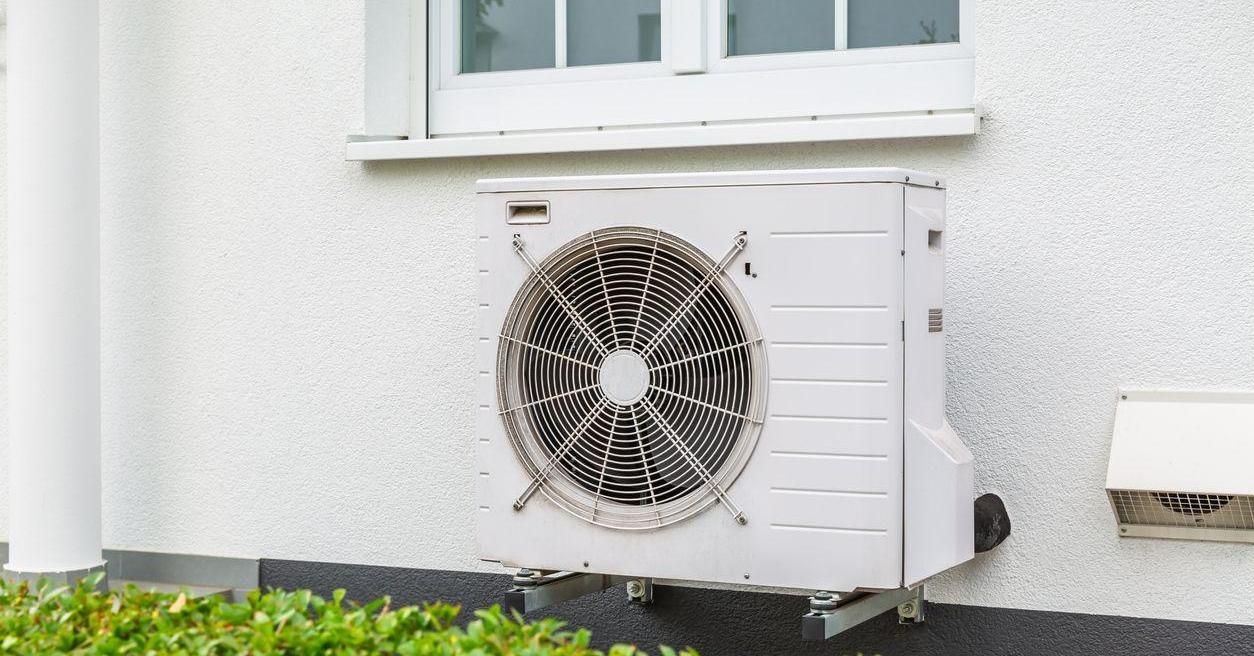Introduction: Demystifying Furnace Longevity
Furnaces are indispensable during winter, providing essential warmth and comfort in your homes. Yet, many homeowners ponder over their furnace’s lifespan and the factors influencing it. Wondering “how long does a furnace last?” is common. This article delves into the factors shaping furnace lifespan, empowering homeowners to safeguard their heating systems.
Quality Installation: Foundation of Durability
The cornerstone of furnace longevity lies in its installation quality. A well-installed furnace operates efficiently and endures longer than a poorly installed one. Precision installation ensures optimal performance and resilience to regular usage. Conversely, subpar installations lead to premature wear, necessitating frequent repairs and shortening the furnace’s lifespan.
Regular Maintenance: Sustaining Peak Performance
Routine maintenance is vital for prolonging furnace lifespan. Similar to other mechanical systems, furnaces demand periodic inspections, cleanings, and servicing for seamless operation. Tasks like filter changes, lubricating moving parts, and inspecting electrical connections prevent issues from escalating. Consistent maintenance enhances furnace longevity and averts costly repairs.
Usage Frequency: Managing Wear
The frequency of furnace usage impacts its lifespan. Furnaces in frequent use, such as those in colder climates or large households, endure more wear. However, diligent maintenance mitigates wear effects, ensuring continued efficiency over the years.
Climate Challenges: Environmental Impact
Climate significantly influences furnace lifespan. Harsh weather, extreme temperatures, and high humidity strain furnaces, accelerating wear. Dwellings in challenging climates necessitate more frequent maintenance to sustain furnace functionality. Adequate insulation and weatherproofing alleviate furnace workload, extending its lifespan.
Component Quality: Investing Wisely
Component quality directly affects furnace durability. High-quality furnaces with robust components outlast cheaper alternatives. Prioritizing reputable brands and superior components during purchase pays dividends, reducing repair frequency and replacement costs in the long run.
Consistent Monitoring: Early Detection of Issues
Regularly monitoring your furnace allows for early detection of potential issues. By paying attention to any unusual noises, odors, or fluctuations in heating performance, homeowners can identify problems before they escalate. Promptly addressing these issues through professional inspections and repairs can prevent damage and extend the furnace’s lifespan.
Efficient Operation: Optimizing Energy Usage
Ensuring your furnace operates efficiently not only reduces energy bills but also contributes to its longevity. Simple practices like setting the thermostat to appropriate temperatures, sealing ducts to minimize heat loss, and investing in energy-efficient models can significantly improve furnace efficiency. By reducing the workload on the furnace, homeowners can extend its lifespan and reap long-term savings on energy costs.
Professional Inspections: Expert Evaluation and Maintenance
Regular inspections by HVAC professionals are essential for maintaining furnace health. Professional technicians can identify potential issues that homeowners may overlook and perform thorough maintenance tasks to keep the furnace running smoothly. These inspections often include cleaning components, checking for leaks, testing safety features, and verifying proper airflow. Professional intervention ensures comprehensive care and maximizes furnace lifespan.
Timely Repairs: Addressing Issues Promptly
Addressing any issues or malfunctions promptly is crucial for preserving furnace longevity. Ignoring minor problems can lead to significant issues down the line, potentially causing irreversible damage to the furnace. Whether it’s a malfunctioning thermostat, a faulty ignition system, or a worn-out component, timely repairs can prevent further deterioration and prolong the furnace’s lifespan.
In conclusion, the lifespan of your furnace is influenced by a variety of factors, including the quality of its installation, regular maintenance, frequency of use, climate conditions, and the quality of its components. If you have the question “how long does a furnace last,” it’s essential to consider these factors and take proactive measures to care for your heating system. By investing in a quality installation, staying on top of maintenance tasks, managing wear and tear, adapting to climate conditions, and choosing high-quality components, homeowners can ensure their furnace stands the test of time and continues to provide reliable warmth and comfort for years to come.
